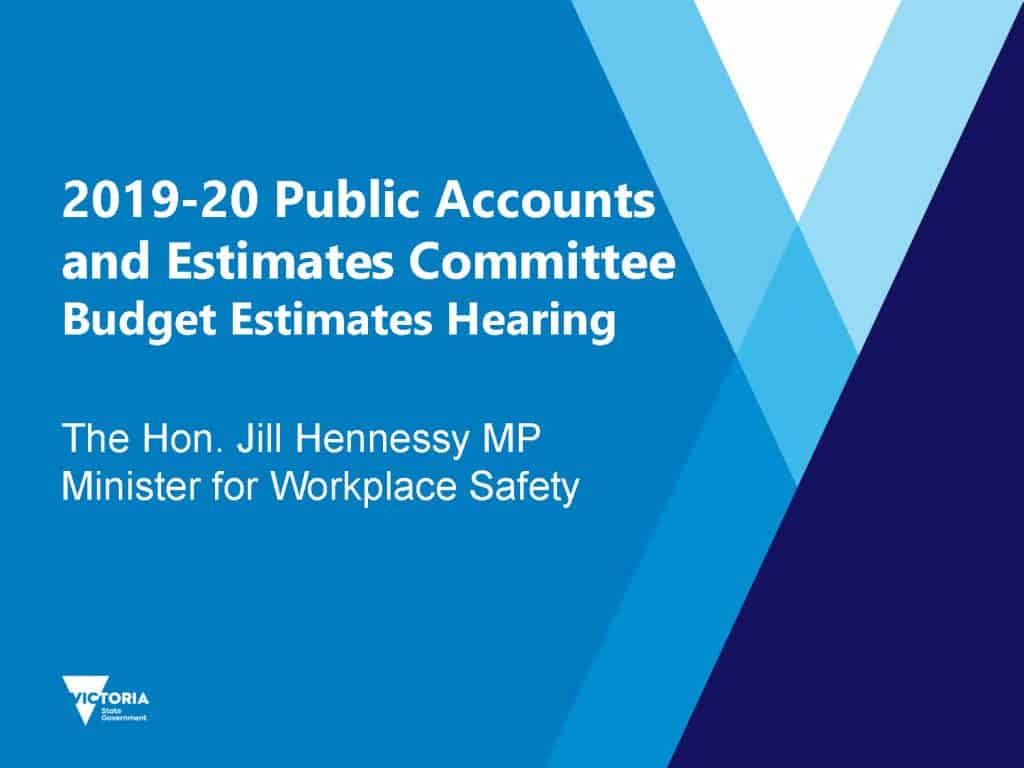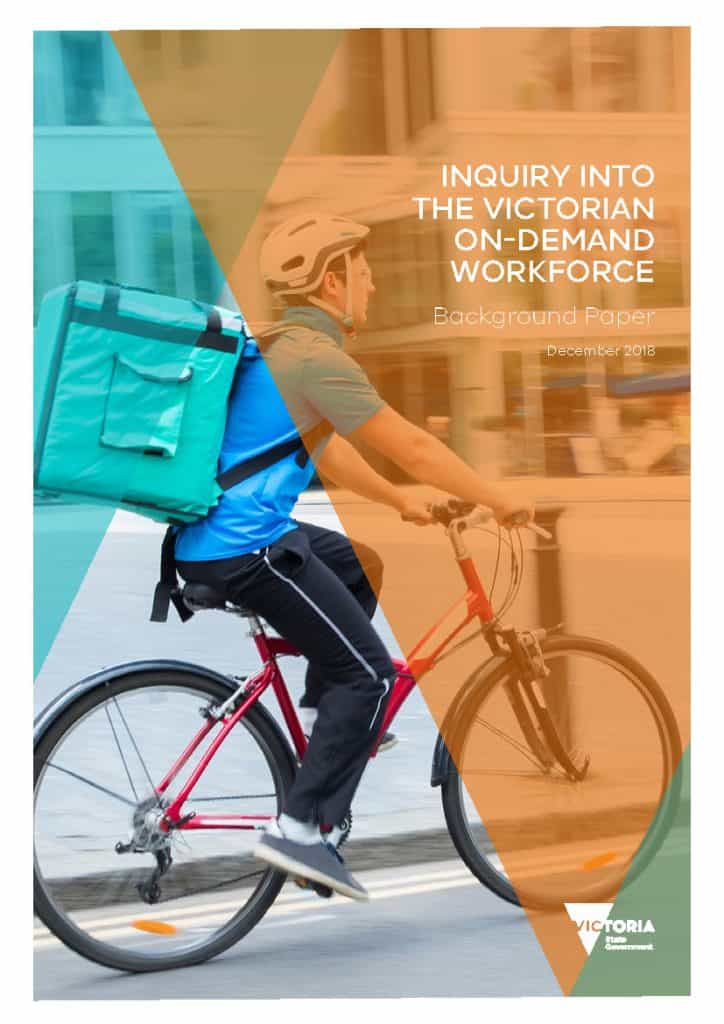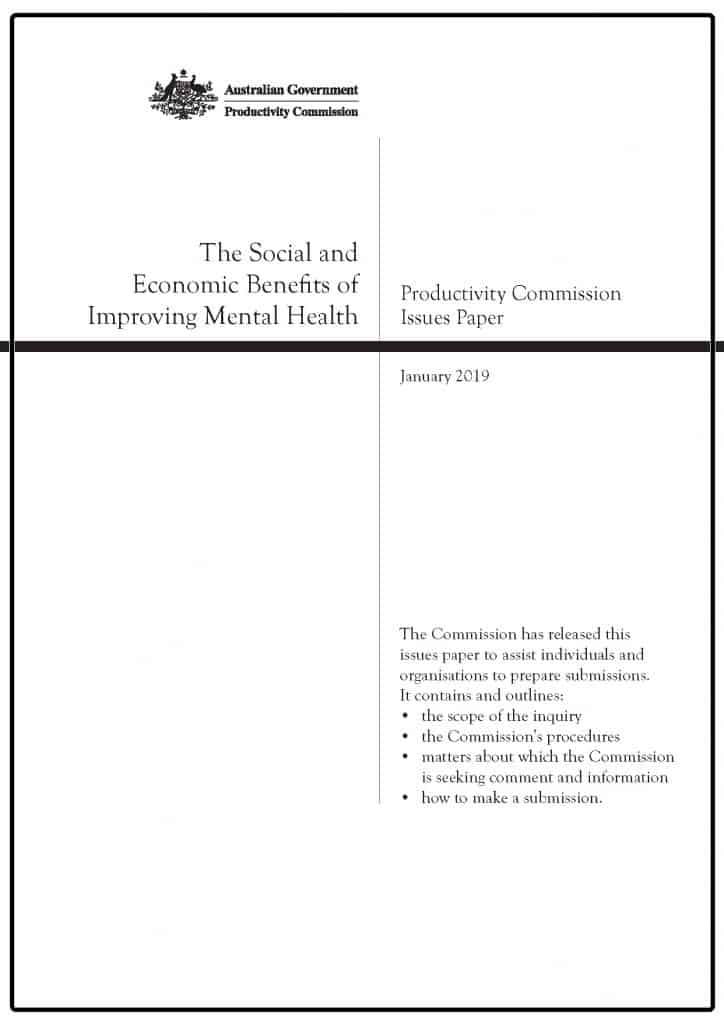
On September 24 2019, the Council of Small Business Organisations Australia (COSBOA) called for the withdrawal of the Boland review into Australia’s work health and safety (WHS) laws.
In a media release COSBOA’s CEO, Peter Strong, states:
Continue reading “COSBOA is outraged over mental health and jail”“The report solely focusses on workers, giving zero consideration to the mental health of employers and the self-employed….”






 Every industry sector should have its own occupational health and safety (OHS) conference. This allows for specific OHS topics to be presented but also provides for a broader context. The recent conference conducted by the
Every industry sector should have its own occupational health and safety (OHS) conference. This allows for specific OHS topics to be presented but also provides for a broader context. The recent conference conducted by the